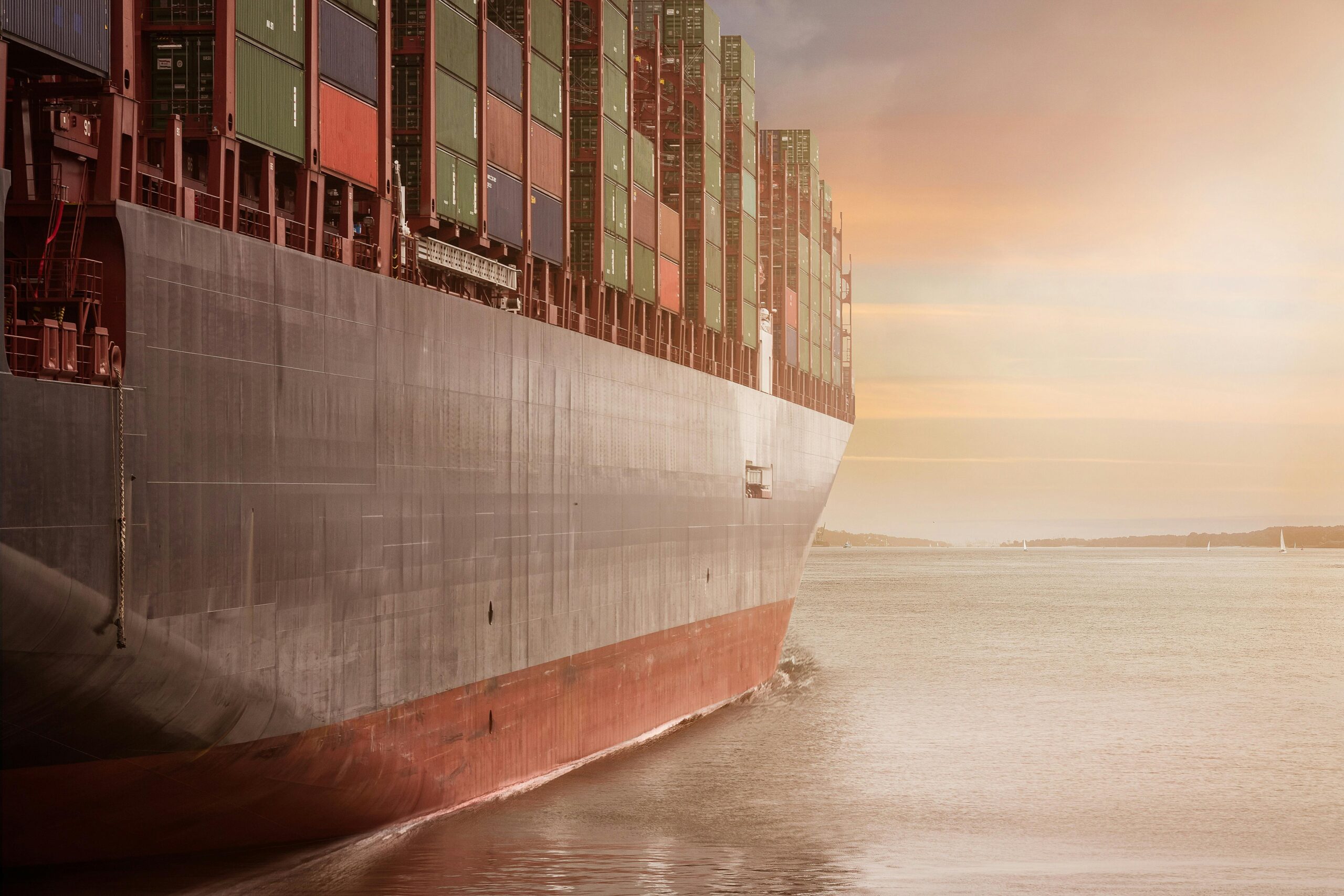Today, more companies are working to reduce their environmental impact. Customers, governments, and investors want businesses to be more responsible. One way companies can make a big difference is by building a sustainable supply chain-one that takes care of the planet, treats people fairly, and still runs efficiently.
But managing a supply chain is already complex. Making it more sustainable adds another layer of challenge. That’s where predictive analytics comes in.
This powerful tool helps companies plan ahead, solve problems before they happen, and make better decisions for the environment. Read on.
What Is a Sustainable Supply Chain?
A sustainable supply chain looks at more than just speed and cost. It also considers:
- How much pollution is created
- How resources like water and energy are used
- How workers are treated
- Whether products can be reused or recycled
In short, a sustainable supply chain tries to do the right thing-for people and for the planet.
Companies with sustainable supply chains often see extra benefits. They gain customer trust, avoid fines, save money over time, and are better prepared for changes in the market.
What Is Predictive Analytics?
Predictive analytics is a way to use data to look into the future. It uses tools like statistics, machine learning, and modeling to make predictions. In a supply chain, this means predicting things like:
- How much product will customers buy
- Where delays might happen
- How much stock is needed
- What effects will certain decisions have on the environment
Predictive analytics helps companies make smarter choices-and avoid costly mistakes. Make sure to consult experts when using predictive analytics for a sustainable supply chain, so that you can avoid any costly issues. Check out RTS Labs to learn more.
How Predictive Analytics Supports Sustainable Supply Chains
Here’s how predictive analytics can help make supply chains more sustainable and efficient:
Better Demand Forecasting
One big cause of waste in supply chains is poor demand planning. If companies make too much, products go unused. If they make too little, they may rush to restock-wasting fuel and resources.
Predictive analytics uses past sales data, weather, events, and even online trends to forecast demand. This helps companies produce the right amount at the right time, cutting down on waste and energy use.
Greener Transportation and Logistics
Shipping products around the world uses a lot of fuel. Trucks, ships, and planes release carbon emissions. But predictive analytics can make transport smarter.
By looking at traffic, weather, and delivery schedules, companies can:
- Find faster, fuel-efficient routes
- Combine deliveries to use fewer vehicles
- Pick greener shipping options
All of this reduces the supply chain’s carbon footprint.
Less Waste, More Efficiency
Factories and warehouses often waste energy, materials, or time. Machines might break down or make defective products. Inventory might expire or get damaged.
Predictive tools help spot patterns and predict where problems may happen. Companies can:
- Fix machines before they break
- Use resources more efficiently
- Avoid waste from expired or overstocked items
This saves money and reduces environmental harm.
Choosing Sustainable Suppliers
A supply chain is only as strong-and as green-as its suppliers. Predictive analytics helps companies track how their suppliers perform on environmental and social standards.
It looks at data from reports, news, and even social media to spot risks, such as:
- Unsafe labor practices
- Poor environmental records
- Political or climate risks in certain areas
This helps businesses choose reliable, ethical suppliers-or help existing ones improve.
Trying “What-If” Scenarios
Sometimes, a company wants to know: “What happens if we switch to electric trucks?” or “What if we move our factory closer to our customers?”
Predictive analytics lets them test these ideas using simulations. They can see the impact on costs, emissions, delivery time, and more-without making real-world changes yet.
This helps companies make better choices that balance profit and sustainability.
Real-Life Examples
Many big companies are already using predictive analytics to improve their supply chains and go green. Unilever uses data to plan how it sources and ships products. It includes sustainability scores in its planning tools.
Walmart forecasts product demand to avoid waste. It also plans delivery routes to cut fuel use and emissions.
Siemens uses digital simulations to improve how factories run, using less energy and fewer raw materials. These businesses are proving that it’s possible to be both sustainable and successful.
What Are the Challenges?
Of course, there are some obstacles to using predictive analytics in supply chains:
Data Quality
Predictive tools need good, up-to-date data. But supply chains often involve many systems and partners. Without consistent data formats or reliable input, the predictions may be inaccurate or misleading.
Technology and Skills
Not all companies have the tools or people to analyze data properly. Smaller businesses may struggle to afford advanced software or hire data scientists.
Teamwork
Sustainability involves many parts of a company-from logistics to finance. Everyone must work together and share goals. Without clear communication and shared priorities, it’s hard to align efforts across departments.
Still, with the right support, training, and investment, most companies can overcome these barriers.
What’s Next for Predictive Analytics and Sustainability?
The future is bright for companies that combine predictive analytics with sustainability efforts. Here are some trends to watch:
Smarter AI tools that adjust in real time to meet environmental targets. Blockchain tracking to prove where products come from and how they’re made. More circular systems, where products are reused or recycled instead of thrown away.
As rules around carbon emissions get stricter and as customers demand greener products, predictive analytics will play a key role.
Improve Your Supply Chain Today
Sustainable supply chains are no longer just “nice to have.” They are becoming a business must-have. Predictive analytics makes it easier for companies to meet their sustainability goals while still running smoothly and staying competitive.
By planning and making smart, data-driven choices, companies can reduce waste, cut pollution, and build stronger, more responsible supply chains. The future of supply chain management isn’t just faster and cheaper-it’s greener too. Consult an expert in using these tools today!
If you want to read more articles, visit our blog.








